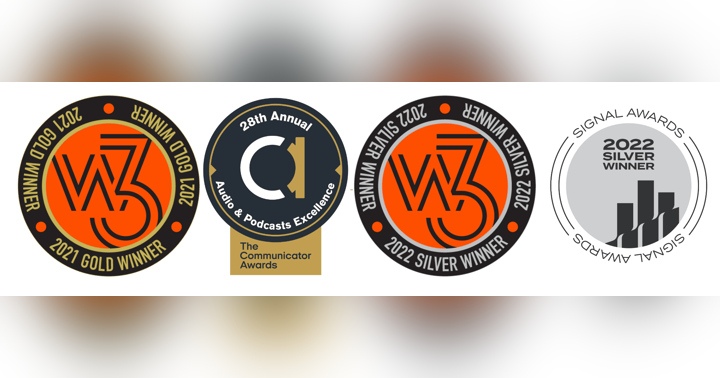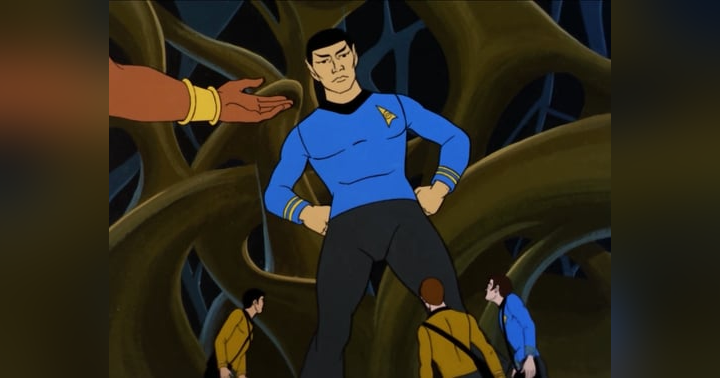Living in Both the Future and Present: The Key to Leadership

Unlock potential with vision.
It is often said that the most successful leaders are those who can inspire and motivate their teams to unlock their true potential. But how can one do this? The answer lies in the power of vision. Vision is the ability to see beyond the present and to imagine a better future. It is the capacity to envision a path forward that will lead to success.
In the podcast episode DIS: Into the Forest I Go, host Jeff Akin dives into the concept of “casting vision” and how it can be used to help unlock potential in teams. He uses the example of Captain Lorca from the first season of Star Trek: Discovery. In the episode “Into the Forest I Go”, the USS Discovery is ordered by Starfleet to Starbase 46, and Lorca is livid. He believes they are being ordered to back down from a fight, and he sets a course for Starbase 46 at warp instead of using the spore drive and jumping. He then orders Stamets to get a full medical workup, as he has been hiding the side effects from the spore drive from his partner, Dr. Culber.
The team then comes up with a theory on the Klingon cloak, which requires placing sensors on board the Klingon ship to relay data back to the Discovery. Lorca sees this as a win-win, but Burnham provides a harsh dose of reality by noting it will take days to gather the data. Lorca is confident the spore drive can make the difference, and he casts his vision. He believes 133 jumps will give them all the data they need to break the cloak, eventually, jump into other universes.
Lorca’s vision inspires Lt. Stamets to take action, and the team is soon on their way to the Klingon ship. Lorca’s vision is what ultimately leads to success. By having a clear vision of the future, he was able to inspire his team and motivate them to unlock their true potential.
Vision is a powerful tool for unlocking potential. It is the ability to see beyond the present and to imagine a better future. It is the capacity to envision a path forward that will lead to success. Leaders who can cast their vision and inspire their teams to reach their potential will be the most successful.
Understand people's motivations.
In order to reach our goals, we must understand people's motivations. It is essential to get to know the people we are working with or for, and to understand what drives them. This will help us to better communicate our ideas and goals, and to get the most out of our interactions with them.
For example, in the episode, Burnham attempts to use a universal translator to communicate with the Klingons. She has good intentions, but the Klingons have weaponized the phrase “we come in peace”, so her attempt fails. This is an example of how good intentions are not enough; we must also understand the motivations of the people we are trying to communicate with.
Similarly, the episode describes a situation where Jeff Akin brought donuts to a team meeting, only to find out that the new manager is lactose intolerant. Again, he had good intentions, but he failed to understand the motivations of the people he was trying to please. If he had asked about food allergies or preferences, he could have avoided this situation.
Finally, the Jeff discusses how Captain Lorca uses what he knows about Stamets to motivate him to make the jumps necessary to break through the cloaking technology. Lorca has taken the time to get to know Stamets and understand his motivations. This understanding allows him to provide the support and encouragement necessary for Stamets to succeed.
It is essential to understand people's motivations in order to reach our goals. We must take the time to get to know the people we are working with or for, and to understand what drives them. This understanding will help us to better communicate our ideas and goals, and to get the most out of our interactions with them. Good intentions are important, but they are not enough; we must also understand the motivations of the people we are trying to communicate with. With this understanding, we can provide the support and encouragement necessary for success.
Live in both future and present.
Living in both the future and the present is essential for leaders to craft, share, and enroll others in their vision. It is not a linear process, and leaders must be able to balance both the present and the future in order to be successful. To do this, leaders must define the future they envision, taking into account trends, organizational goals, and technology. They must also connect with the people they work with in the present, finding the things that are important to them and connecting those things to the future. Finally, they must recognize and reinforce the people who help move from the now into the future.
Leaders must also remember that the future is all well and good, but there are often real crises that must be dealt with in the present. This means that the vision must encompass both the present and the future, and that the leader must be able to provide a plan for dealing with both.
Leaders must also be able to recognize and reward those who help make their vision a reality. This recognition can be done in a public way, such as a ceremony, or in a more private way, such as a simple thank you. This recognition will help to foster a shared vision and to motivate others to work towards the same goals.

